Super-Mini Qigong Routine
Time Matters
The photo shows a section of an analog clock marking the passage of time. Photo by Agê Barros at Unsplash.
This week, I am back in the saddle and getting re-oriented after being away for almost a month. The last two weeks of June, I spent at the Omega Institute in New York. Getting over jetlag this week, I thought a lot about time and my relationship to time. One of the features of mindbody practice is going timeless and losing a sense of time.
Losing a sense of time is what happens when you are enjoying yourself or doing something you love.
“I don’t have time to practice!”
When I first started riding my bike to work in Silicon Valley, I was a total beginner, and I thought about time a lot. I had to wake up early to have enough time to bike to work. At the time, I also subscribed to Bicycling magazine, and in response to the complaint: “I don’t have time to ride my bike!” The Bicycling magazine editors responded:
“Yes, you have time, but you are choosing other things.”
The perception about time is almost always related to the sense of choice.
So, in this week’s blog entry I share a super-mini Qigong routine for those times when you feel pressed for time and want to touch into a sense of timelessness.
Super-Mini Qigong Routine
You can do this little routine in 1 to 3 minutes.
Unclench your jaw. Two seconds.
Drop your shoulders. Two seconds.
Shake your hands out and wiggle your fingers. Five to ten seconds.
Move your eyes side to side and up and down. Blink a few times. Five to ten seconds.
Blow your breath out with a sigh or quiet sound. Three seconds.
Sit or stand up straight. Two seconds.
Soften your ankles, then wrists, and neck (this is a very quick body scan). Twenty to thirty seconds.
Finish with 3 really slow deep breaths, in and out through the nose if possible. Twenty to thirty seconds.
As with all mindbody routines, memorize it, and it is yours forever!


